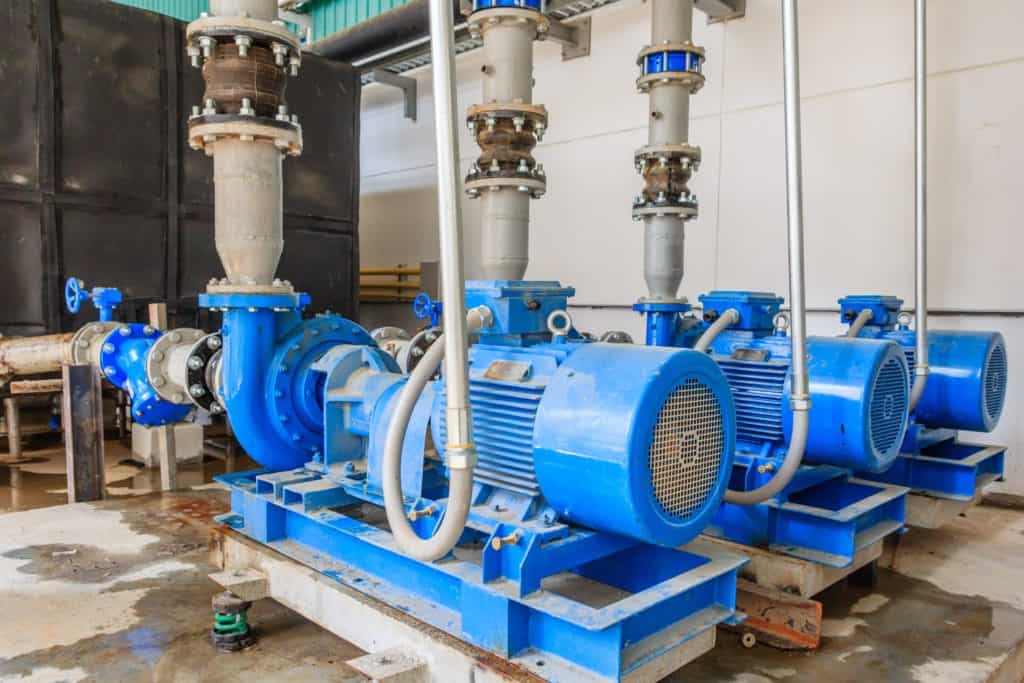When you work around industrial pumps, a term you may hear a lot is pump suction specific speed (often designated as Nss). Nss is an important factor to understand, but not every operator completely understands what it represents. Our team at Cortech Engineering is here to help you better understand what Nss is and why it’s important to your operation for avoiding pump repair.
What is Nss?
First off, the term “speed” can be misleading. Pump suction specific speed isn’t technically a measurement of speed at all. Instead, Nss is more of a tool used when selecting and configuring a pump for a specific application. In essence, Nss is a dimensionless parameter. Nss is a way of describing the relationship between flow rate, pump speed and the net positive suction head required (NPSHr) of the impeller.
Some engineers may still look at Nss as kind of a speed limit. It is a threshold to understand, but it isn’t necessarily a limitation. In a sense, an analogy can be drawn between Nss and roadway speed limits. Even though a speed limit determines the maximum speed allowed by law, cars usually can be driven much faster than the limit. Nss works in a similar way, by providing a guideline for optimal pump performance. Although an operator can exceed the Nss of a given pump, safely doing so requires a good understanding of how it may affect the pump and the overall system.
How is Suction Specific Speed is Calculated?
There is a formula to calculate pump suction specific speed:
Nss = N x (Q)0.5
(NPSHr)0.75
N is speed in RPM. Q is the flow rate in GPM. NPSHr is the net positive suction head required, measured in feet. This formula applies only to single suction (one-eyed impeller) pumps. The formula must be adjusted for double suction pumps or multistage pumps.
Why is Nss Important to Understand?
Calculating the pump suction specific speed is one part in determining a pump’s overall best efficiency point (BEP). The BEP is a sweet spot an operator aims for to get the best performance and durability from a pump. Exceeding a pump’s BEP risks additional wear, cavitation, and noise, with an overall increase in the chance of pump failure. By knowing a pump’s Nss and BEP, the operator can begin to make an informed decision about when to push the pump beyond its designed “speed limit.”
In summary, here are some of the key reasons why suction specific speed is important:
- It provides an assessment of the pump’s ability to internally recirculate.
- It can be used to compare cavitation and predict the NPSHr of a pump.
- It is useful for setting a limitation of pump speed.
Pump suction specific speed is one of several details that must be considered when selecting and configuring a pump for a specific application. For more help with understanding Nss or to find the best pumps for your needs, contact Cortech today. We’re always here to help guide you in the right direction when it comes to industrial pumps.

